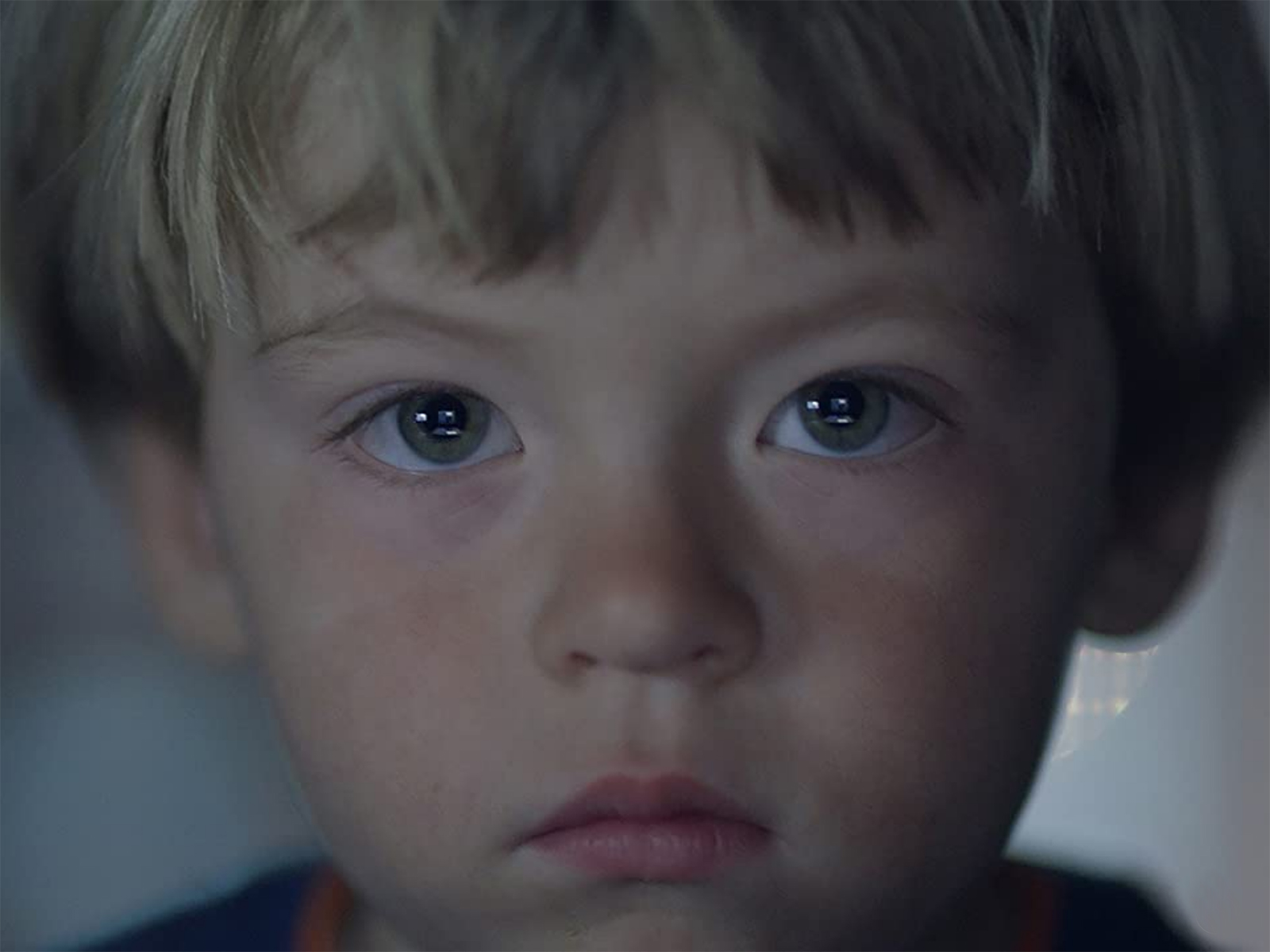
- Festivals
Sundance 2021: Users
A world premiere at the Sundance Film Festival, where it was the recipient of the U.S. Documentary Directing Award, Natalia Almada’s Users is a deeply ruminative work that ponders the omnipresence of technology and its relationship to both developing brains and our broader connection to the world around us. Spurning a concentrated narrative thesis, the movie utilizes free-floating and associative editing techniques to evoke an almost meditative sense of inward reflection. If beauty is in the eye of the beholder, so too is a deeper meaning, as Users asks its audience to consider their individual and shared lives as consumers, and all which that entails.
Shot by Bennett Cerf and scored by the Kronos Quartet, Users unspools as a slice of philosophical cinema, and can easily be seen as a direct descendent of Godfrey Reggio’s experimental, decades-spanning Qatsi trilogy, consisting of Koyaanisqatsi, Powaqqatsi, and Naqoyqatsi. The movie opens with a long, closely-held shot of Almada’s newborn child being gently rocked by a machine, followed by birds-eye footage of waves crashing on a shoreline. Almada, in a wistful and inquisitive tone, wonders whether technology will eventually render her role as a caregiver obsolete: “She and I are in a battle over my children’s affection. Will they love her more, her perfection, more than my imperfection?”
However, Users, full of pregnant pauses and very sparse voiceover narration, is no jeremiad against the culture of commercialization. There is no onslaught of images or injection of holier-than-thou capitalistic shaming. The movie instead puts down roots in much more elemental considerations. Since over 70% of the Earth is covered in water, Users plunges into the ocean, examining the sprawling length of fiber optic cables, which could wrap around the globe 30 times, that keep us all connected. Other passages take to the skies – the contrails of commercial planes, contrasted with a mobile hanging above a child’s crib – and also show wildfires raging through a Northern California forest. Interspersed with these images is largely but not entirely silent material of Almada’s own son, ranging from him as a baby to an adolescent.
But the movie’s exploration of the intersection between the biosphere and digital realms, while presented with evocative visual contrast, doesn’t quite fully cohere. For most of its 81-minute running time, Users feels impressionistic and subtle, leading viewers to a point with artful juxtaposition. Yet at other times its editing feels a bit elusive or even incongruous, an ethereal pivot between two very interior and personally held opinions or thoughts.
One of the film’s very few interviews involves an old man, sitting on a dusty patch of land with his dog, oil derricks in the background, who talks about his dying industry and compares it to all the friends he’s lost. Moments like this feel air-dropped from another project. They pierce and fracture Users’ tone-poem conceptual framework, and otherwise belie the exacting attention paid to sound design and aural construction.
Almada is interested in both the use of Earth’s natural resources and the impact of scientifically engineered conveniences of modern life upon creativity, the manner in which the fantastical can quickly become commonplace – illustrated, in glancing fashion, by her son’s graduation from finger-painting to playing videogames. This focus, through a repetitively structured call-and-response editorial selection, provides Users with some intriguing moments.
The infrequency of its narration, which masks a viewer’s firm grasp on its slightly atonal pitch, eventually yields to another one of the film’s more interesting and thought-provoking digressions. When we see footage of Almada creating a synthetic voice that can live on with her loved ones long after she dies, and acquiescing to its use, it raises questions about what will constitute the boundaries of mortality in the digital era.
Users was produced mostly before COVID-19 effectively shut down vast swathes of society. But the wide-ranging impact and ongoing fallout of the pandemic, and its encroach upon what the future of work and learning will look like, so obviously overlap with Almada’s deeply held interests in technology and human sociability that it’s not difficult to envision her at some point soon returning to these same questions in the form of a sequel, further cinematic surveying of the bent arc of human evolution. And why not – after all, the film has room for more than one shared cinematic universe, right?

